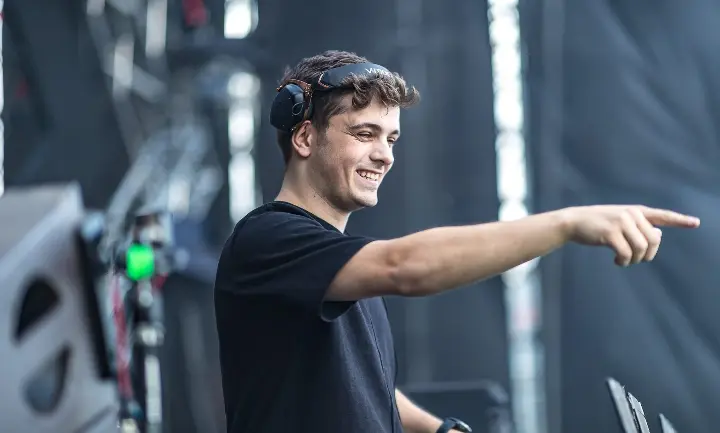The journey to international fame in the world of EDM is often a blend of talent, strategic decisions, and seizing opportunities in a rapidly evolving industry. Here are inspiring case studies of EDM artists who have successfully navigated their paths to global recognition:
1. Martin Garrix: From Bedroom Producer to Festival Headliner

Martin Garrix, a Dutch DJ and producer, skyrocketed to fame with his breakout track "Animals" in 2013. At just 17 years old, Garrix became the youngest artist to reach the number one spot on Beatport. His strategic use of social media, where he shared his music and engaged directly with fans, played a pivotal role in building a loyal following early in his career. Collaborations with established artists like Tiësto further elevated his profile, while consistent releases and dynamic live performances at major festivals solidified his reputation as a leading figure in the EDM scene. Today, Martin Garrix continues to innovate with his music and remains a dominant force in the global EDM landscape.
2. Skrillex: Redefining Dubstep and Electronic Music

Sonny Moore, known professionally as Skrillex, revolutionized electronic music with his innovative approach to dubstep and electronic dance. His EP "Scary Monsters and Nice Sprites" in 2010 marked a turning point, blending aggressive basslines with melodic elements that resonated with mainstream audiences. Skrillex’s meteoric rise was fueled by his relentless touring schedule, where he electrified crowds with high-energy performances and introduced new sounds to eager fans worldwide. His collaborations with artists across genres, from Justin Bieber to Diplo, showcased his versatility and expanded his reach beyond traditional EDM circles. Skrillex’s Grammy wins and nominations further cemented his influence and contributed to the global acceptance of electronic dance music as a mainstream genre.
3. Avicii: Pioneering Melodic House and Cross-Genre Appeal

Tim Bergling, known as Avicii, made a profound impact on EDM with his melodic house productions and infectious anthems. His breakout hit "Levels" in 2011 propelled him to international fame, followed by chart-topping singles like "Wake Me Up" and "Hey Brother." Avicii’s ability to fuse EDM with folk, country, and pop influences appealed to a diverse audience, expanding the genre’s appeal globally. Beyond his music, Avicii’s strategic use of social media and innovative marketing campaigns engaged fans and kept his music in constant rotation on streaming platforms. Despite his tragic passing in 2018, Avicii’s legacy as a visionary EDM artist continues to inspire new generations of producers and musicians.
4. Zedd: Blending Pop Sensibility with EDM Energy

Anton Zaslavski, known as Zedd, gained prominence with his electro-house tracks and chart-topping collaborations with artists like Foxes ("Clarity") and Alessia Cara ("Stay"). Zedd’s meticulous approach to production, coupled with his knack for crafting infectious melodies and anthemic hooks, propelled him to the forefront of electronic dance music. His ability to seamlessly blend pop sensibilities with EDM energy broadened his appeal, attracting mainstream radio play and commercial success. Zedd’s strategic collaborations, innovative music videos, and memorable live performances at major festivals solidified his status as a top-tier EDM artist with global reach.
5. Marshmello: Masked Marvel of EDM

Marshmello, the enigmatic masked DJ and producer, emerged as a viral sensation with his melodic bass and future bass productions. His identity shrouded in mystery behind a signature marshmallow-shaped helmet, Marshmello captivated audiences with his unique persona and catchy tracks like "Alone" and "Happier." Strategic partnerships with brands, gaming platforms, and media outlets amplified his visibility, while collaborations with mainstream artists like Bastille and Khalid propelled his music to mainstream success. Marshmello’s ability to connect with fans through social media, live streams, and virtual concerts further solidified his influence in the digital age of EDM.
Conclusion
These success case studies demonstrate that achieving international fame in EDM requires a combination of musical innovation, strategic collaborations, relentless dedication to touring, effective use of social media, and an ability to evolve with industry trends. By staying true to their artistic visions, engaging with fans authentically, and seizing opportunities to reach broader audiences, these EDM artists have not only climbed to international fame but have also shaped the global landscape of electronic dance music. Their journeys serve as inspiration for aspiring producers and DJs aiming to make their mark in the vibrant and competitive world of EDM. 🌍🎶